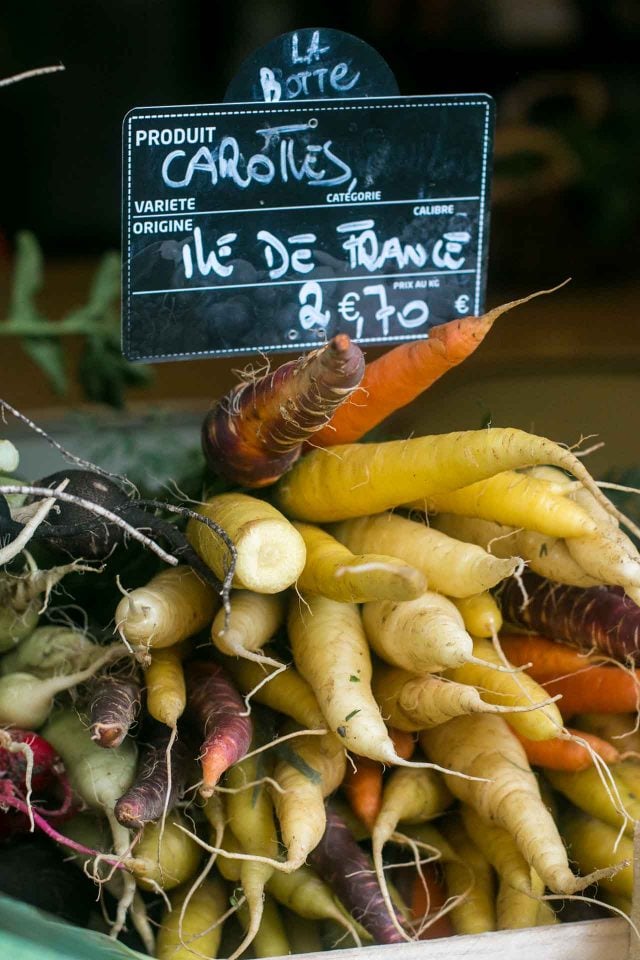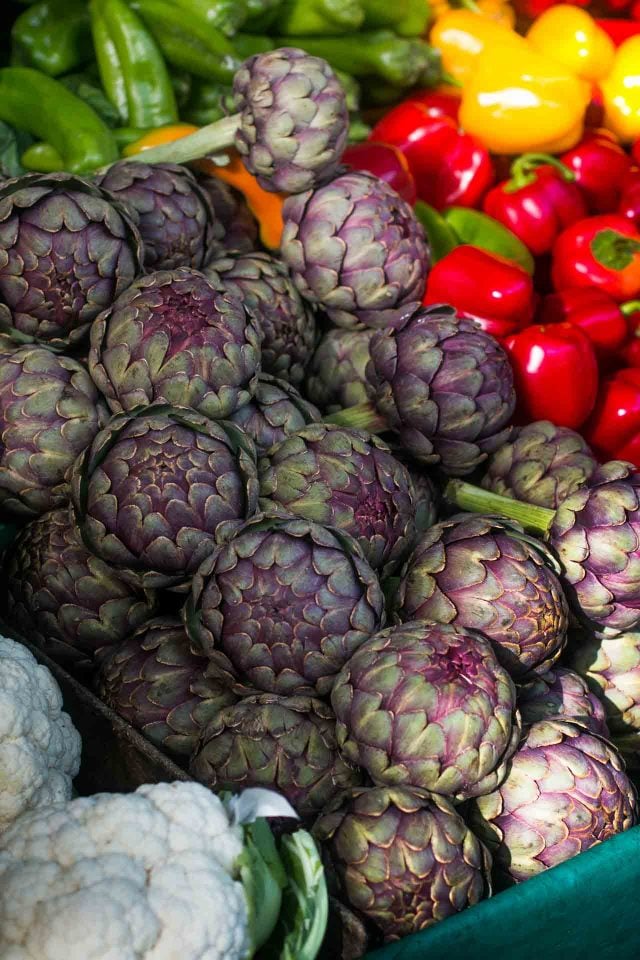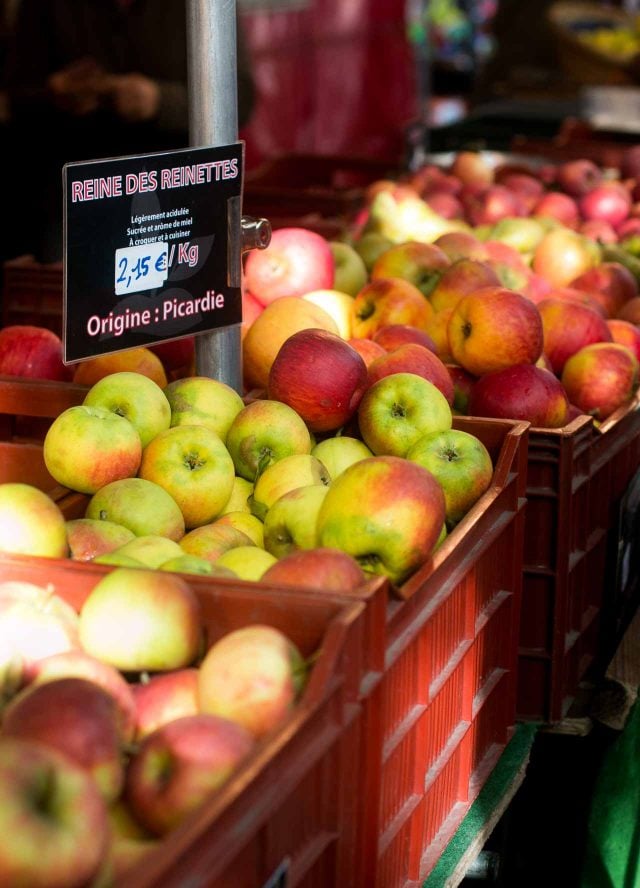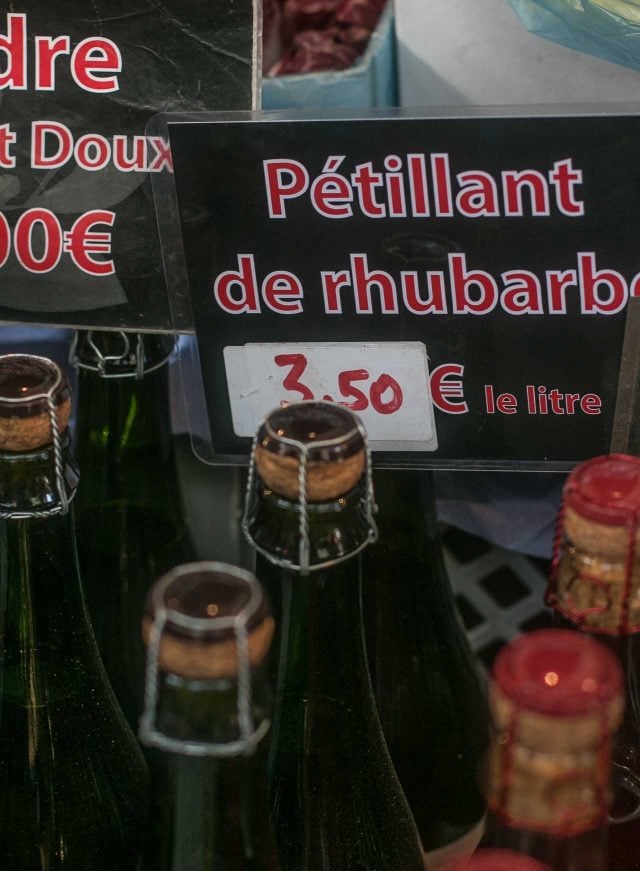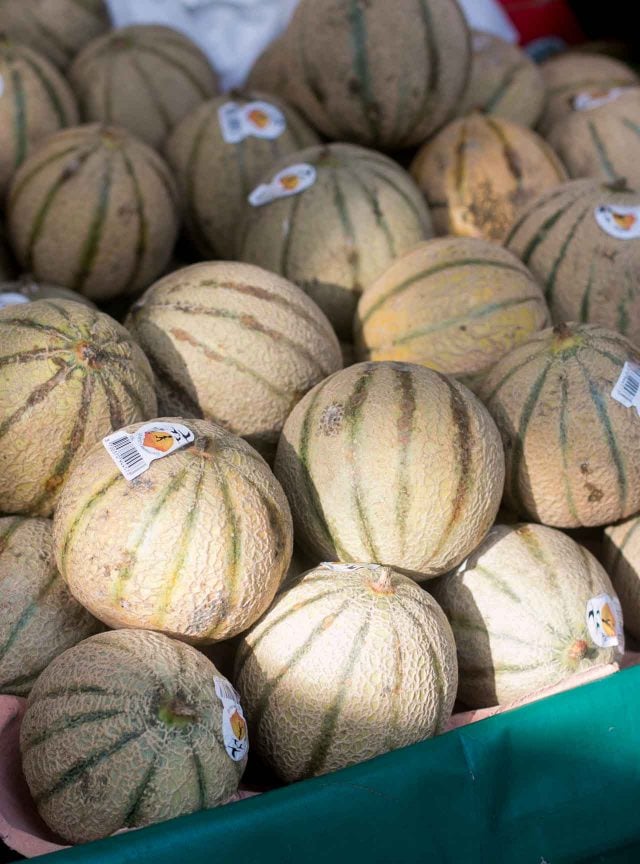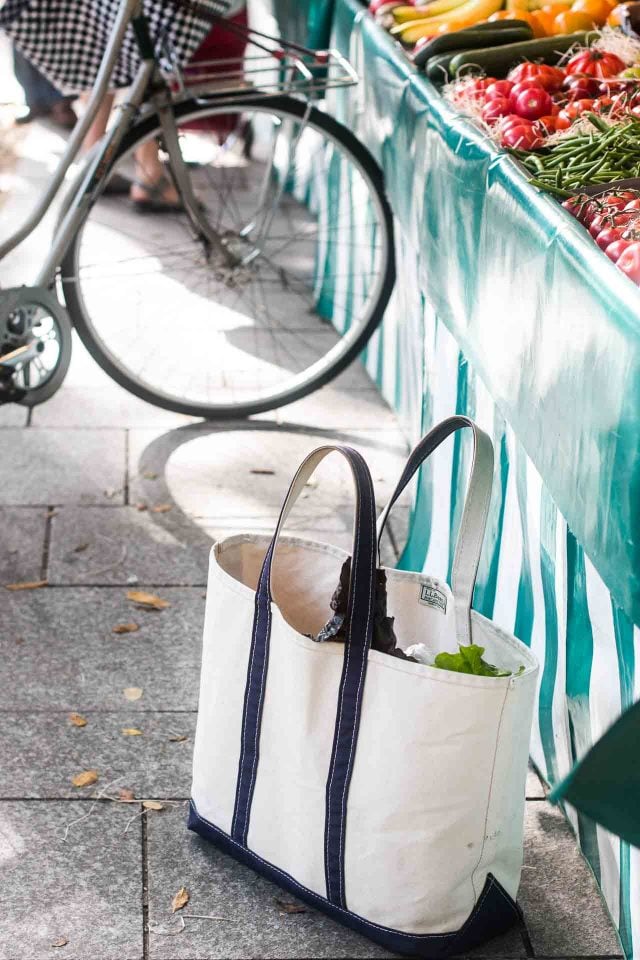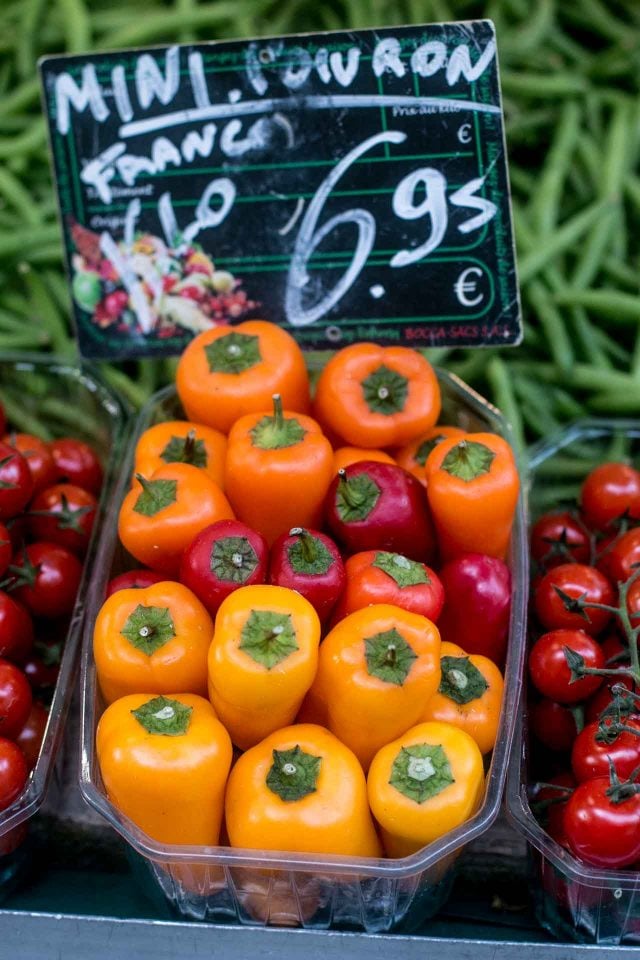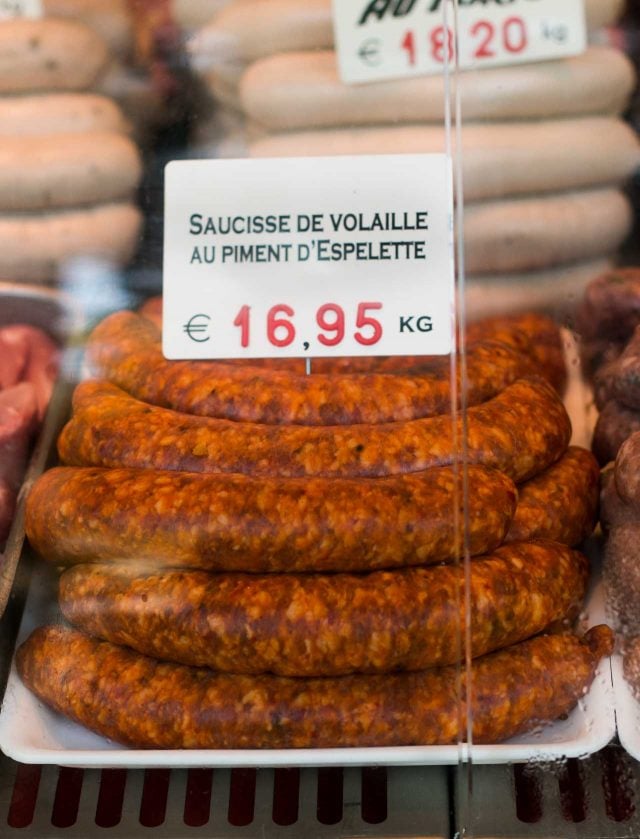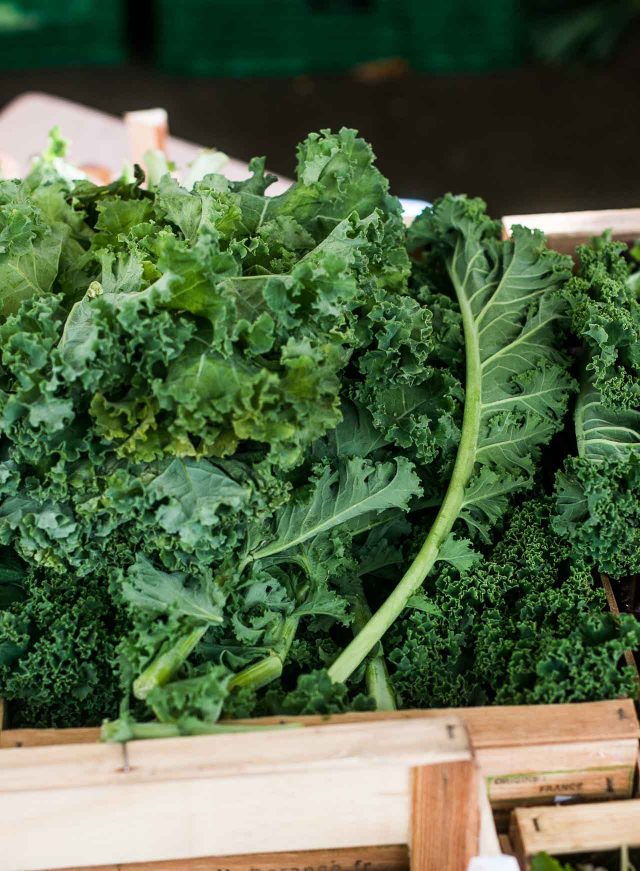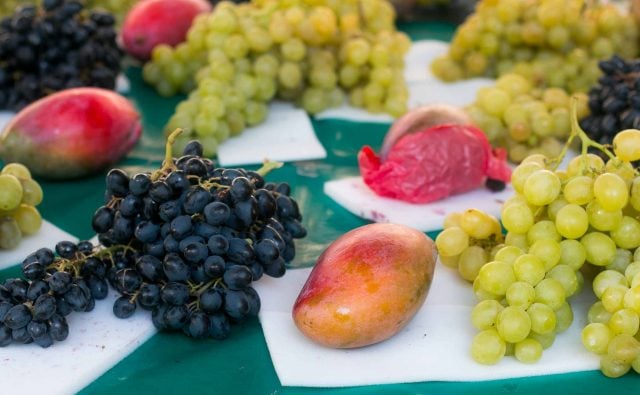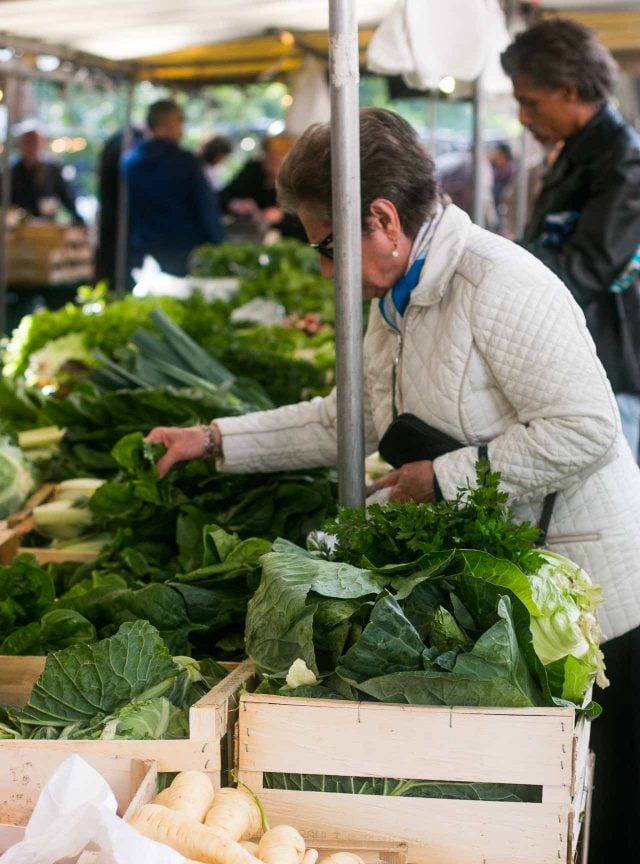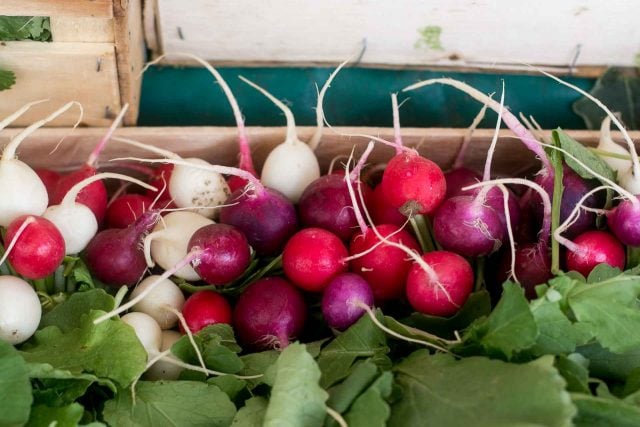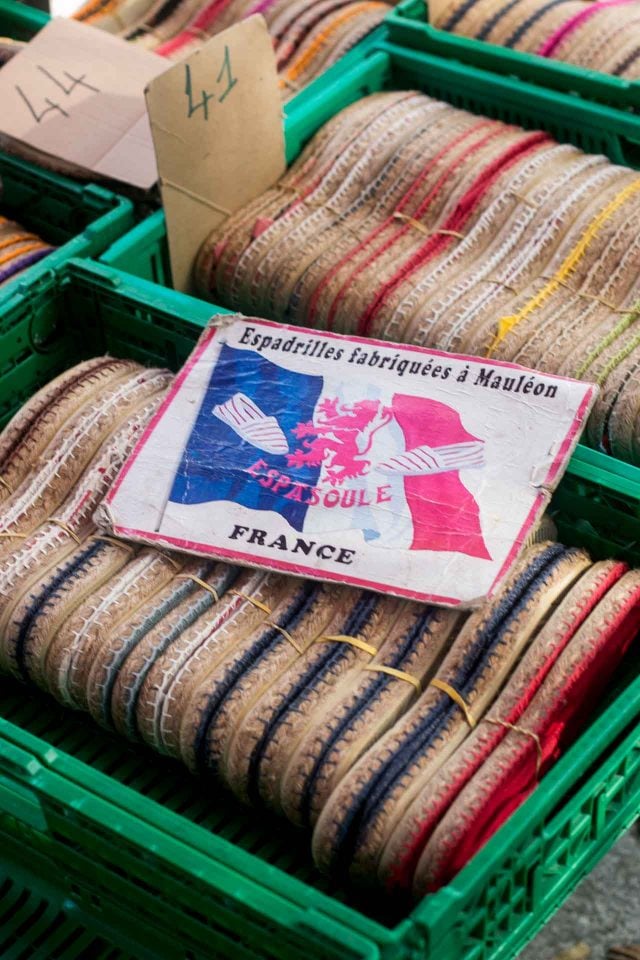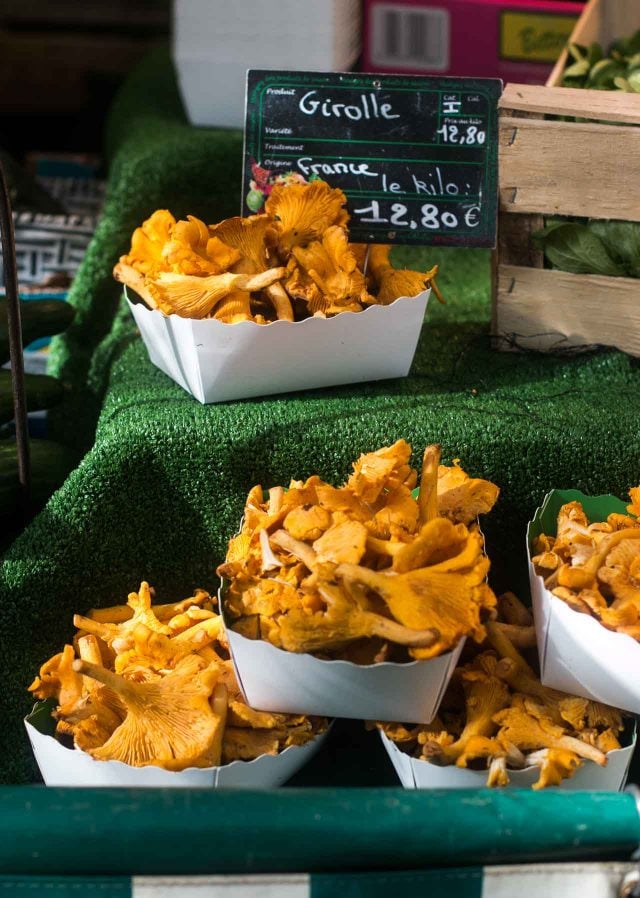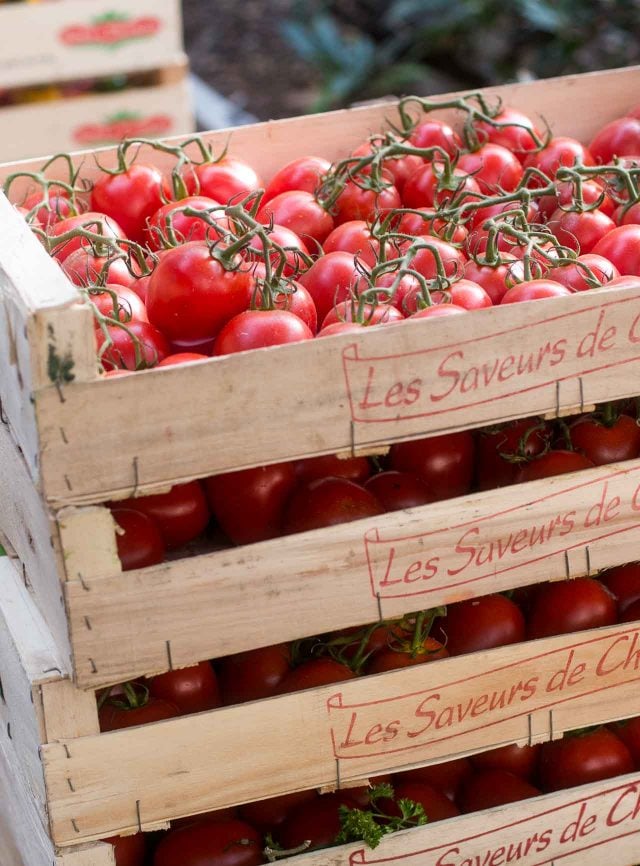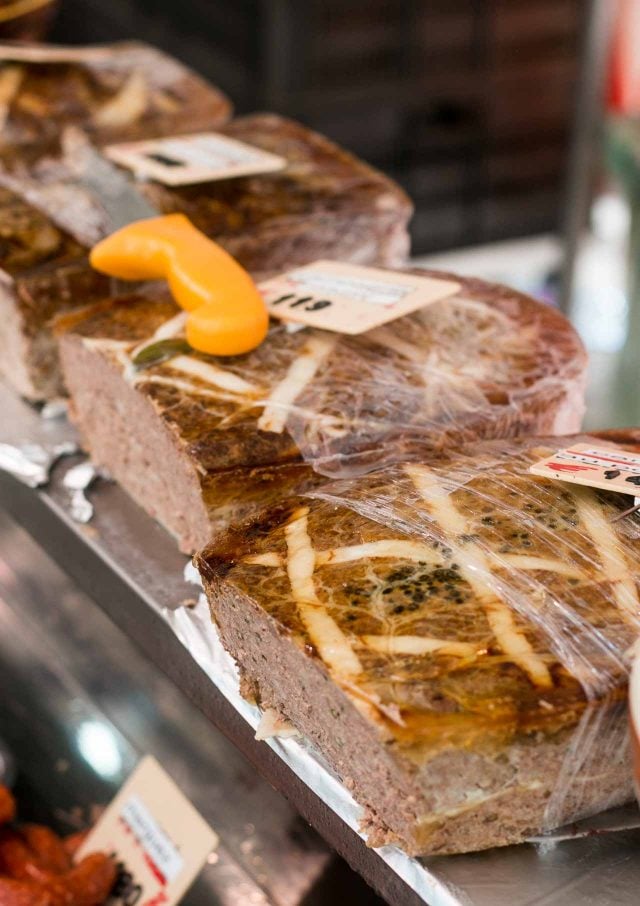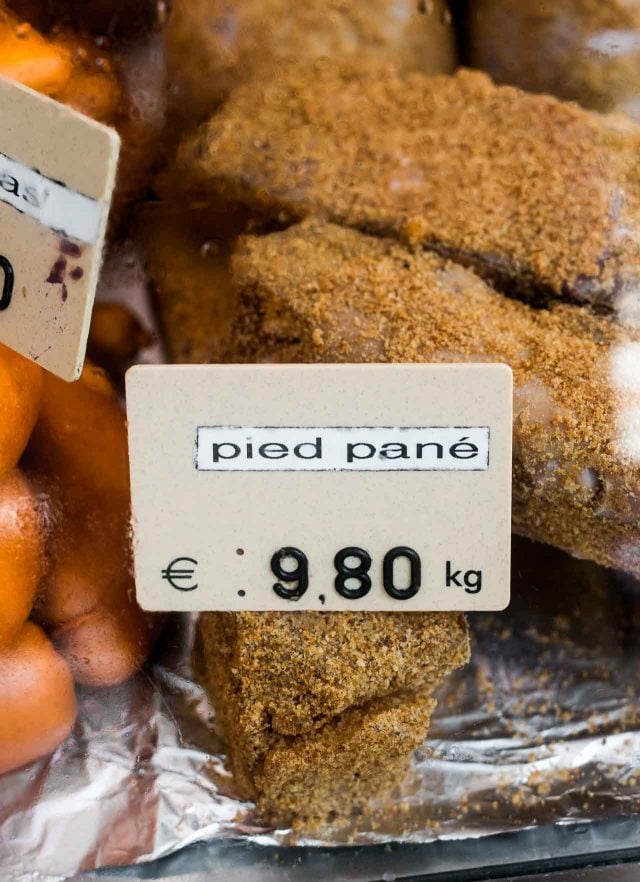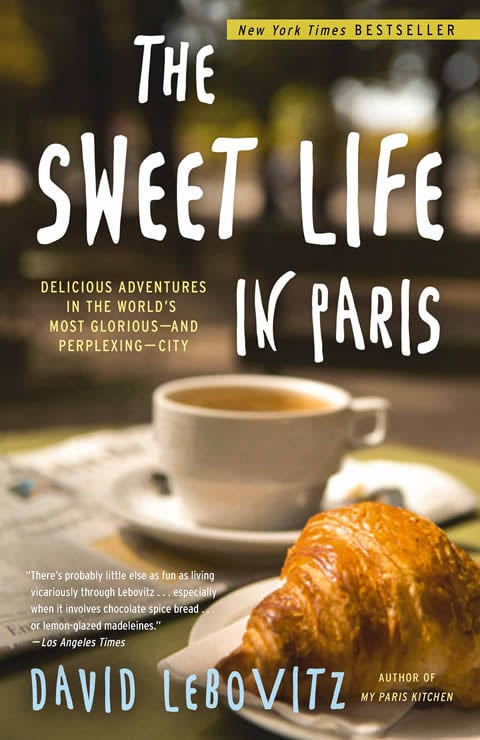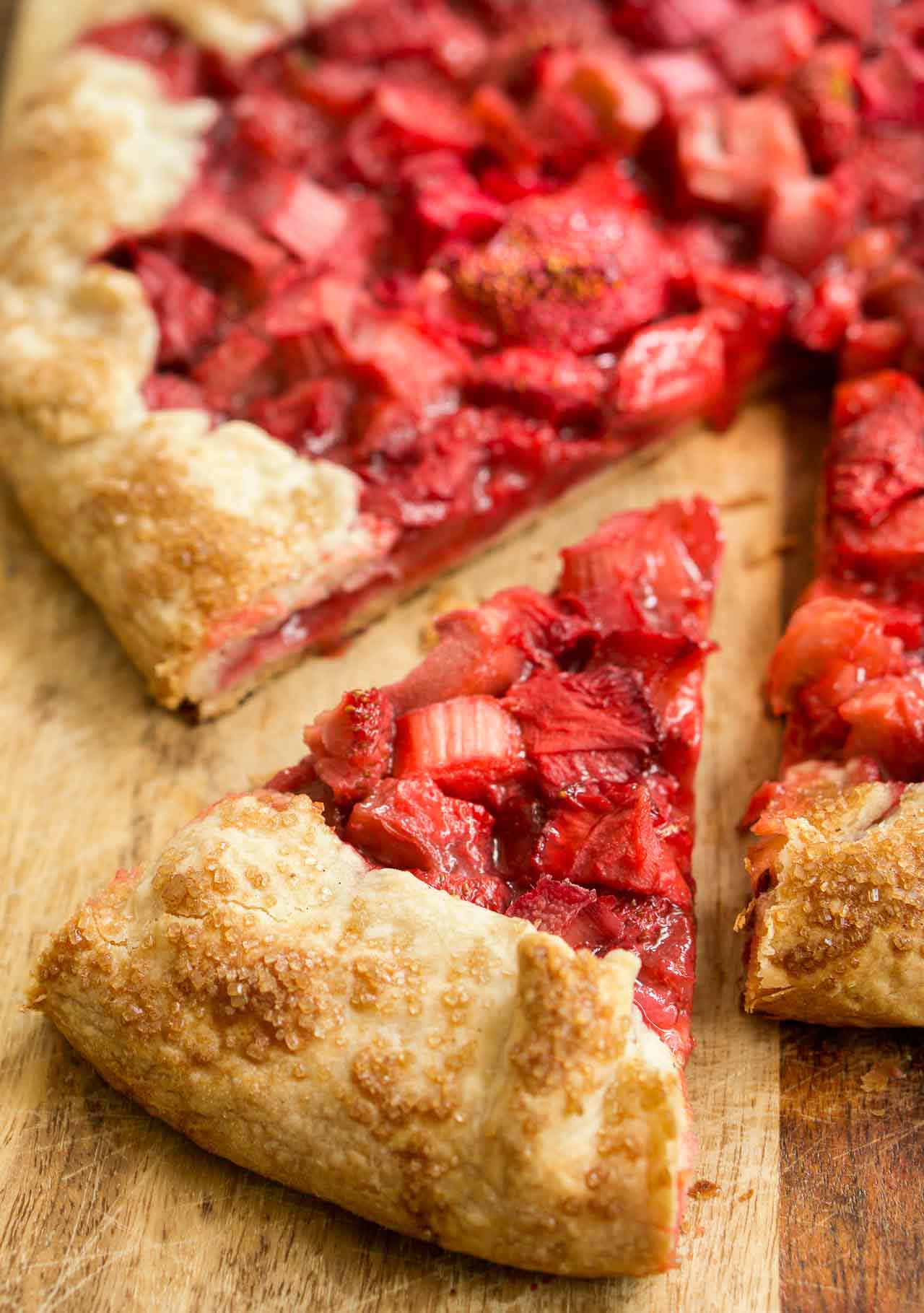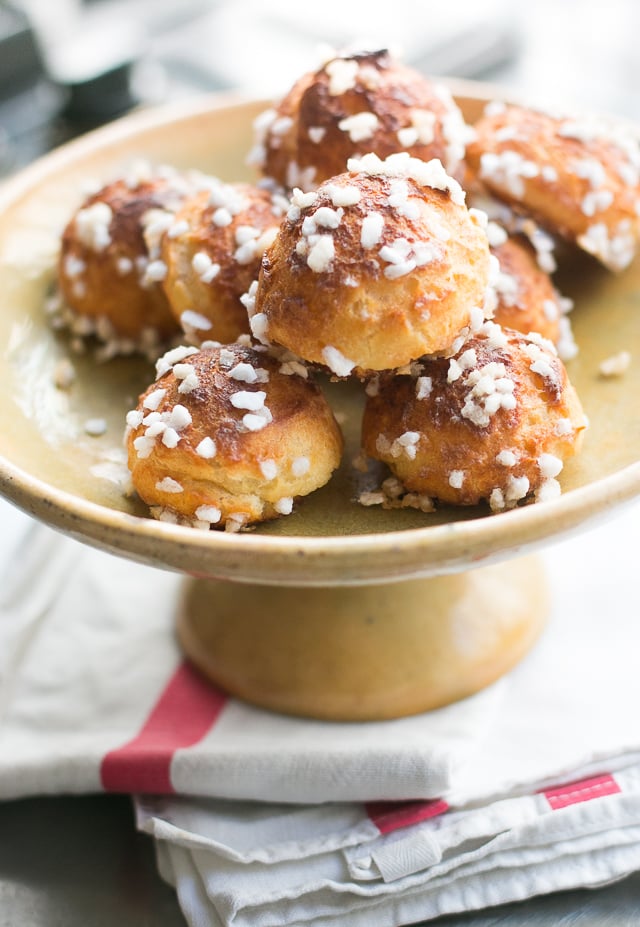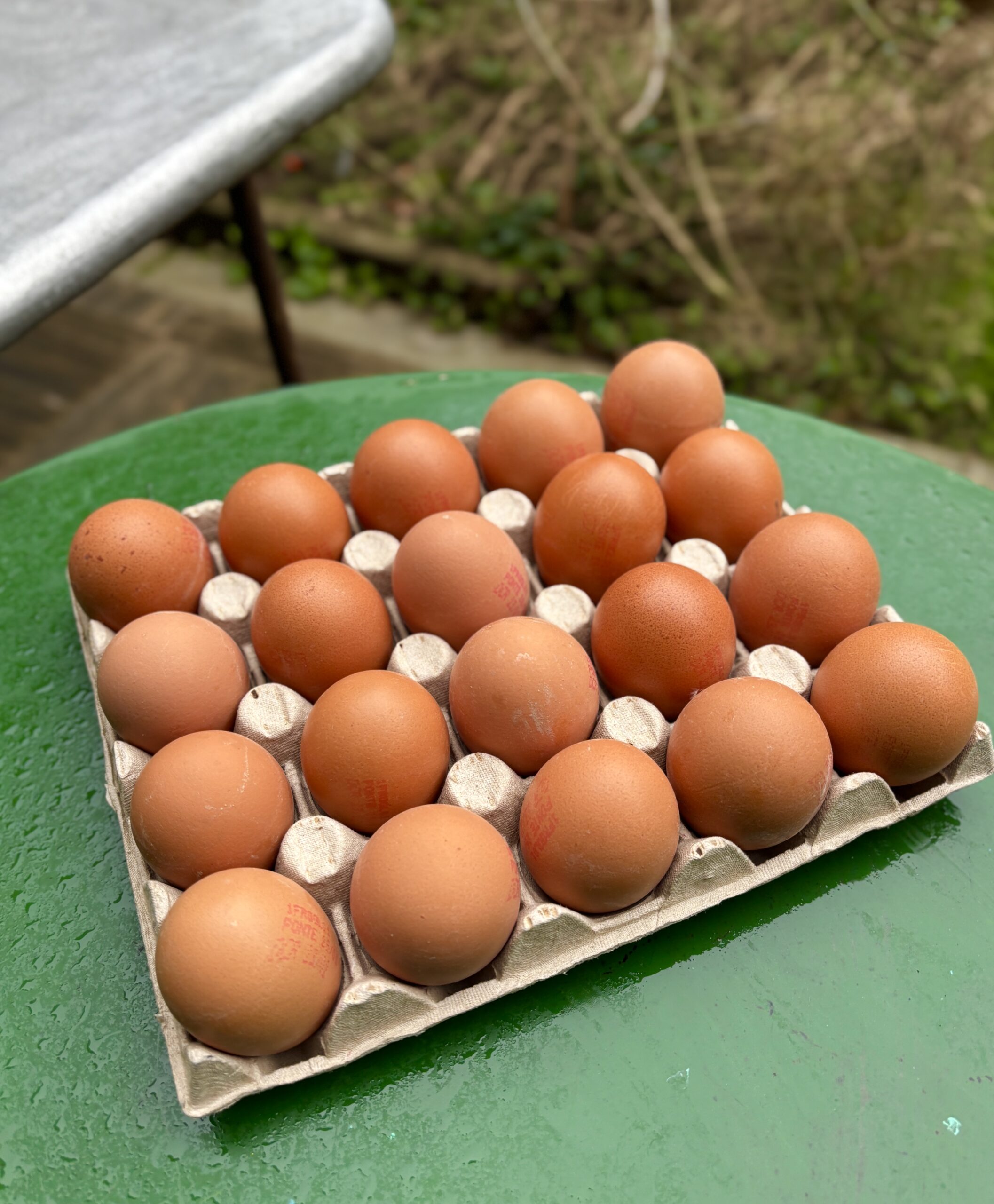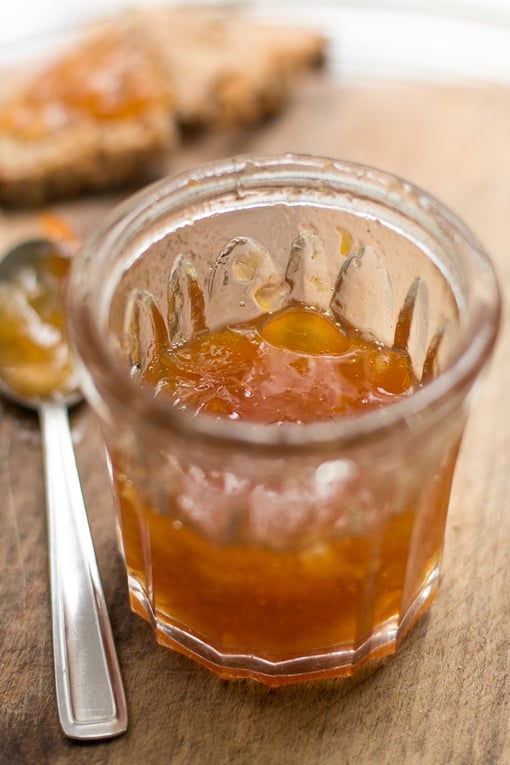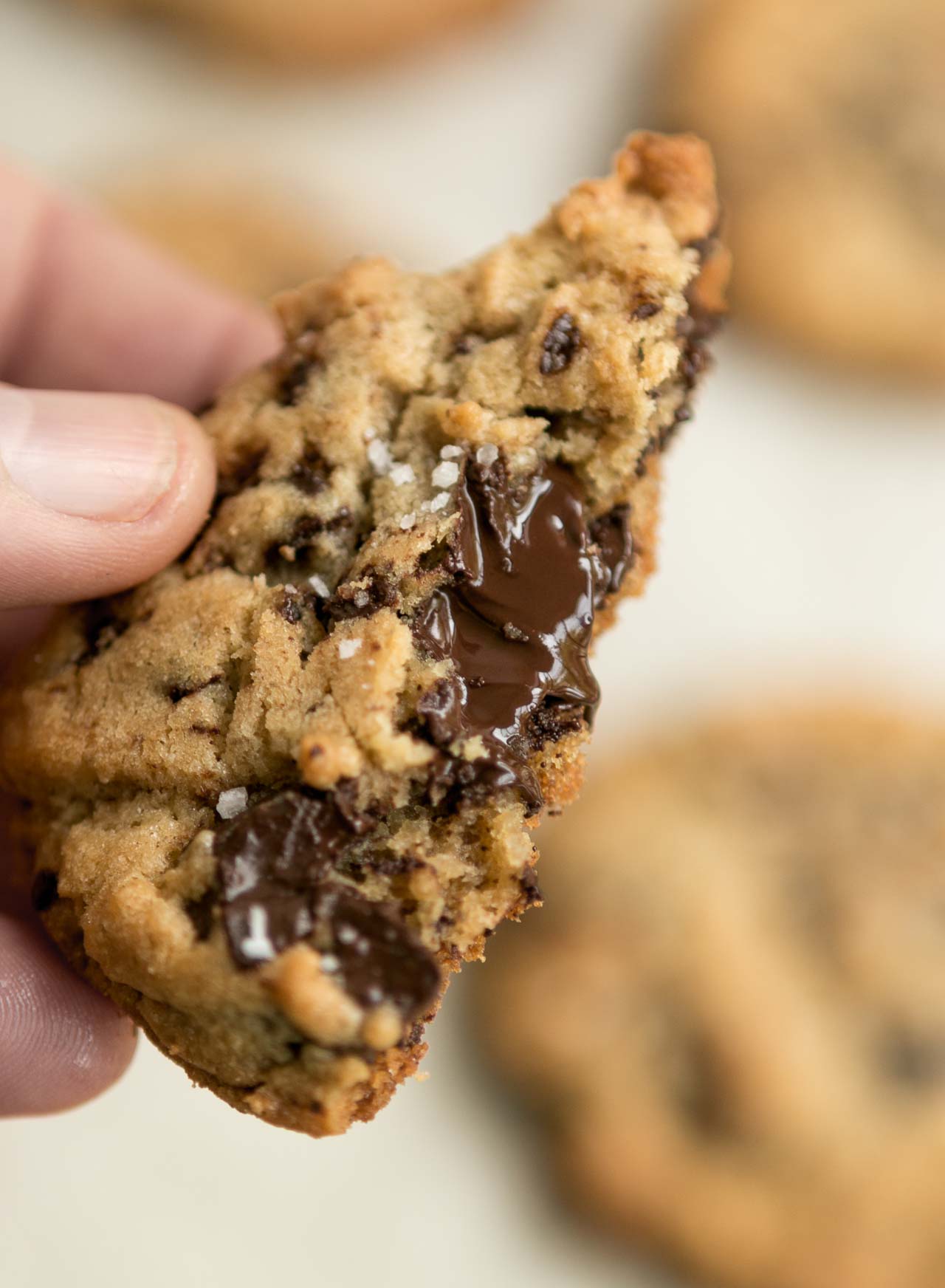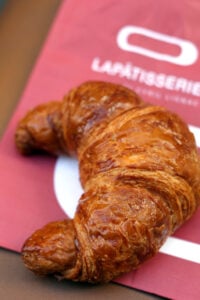Fall at the Market in Paris
Abruptly, it’s fall. The weather turned brisk this week, and I’m starting to wonder which box my scarves and gloves are in? When I lived in San Francisco, where the weather is notoriously fickle, the joke was that the only way to tell what season it is, is to hit the market.
True, not everybody is concerned with seasonality. I was recently asked during a television debate in France if eating well, and local, was expensive, which is a common belief in many places. Usually when things are in season, and when they’re at their peak, that’s when they are most reasonable. Being not only frugal, but as someone who enjoys good food, I do my best to shop when things are in season, and use my nose to let me know what’s good. That’s why it’s above our mouths; so we don’t eat anything bad.
The saddest part of the change of seasons to me is saying goodbye to plums, the last of the lingering summer stone fruits.
Mirabelles are almost gone, the tiny plums from the Lorraine region that attract a cult-like following. Contrary to popular belief, Mirabelle trees are available in the United States. The reason you don’t see the marble-sized plums in the States is that I think we’re keen on larger, tart plums, such as Santa Rosas and Elephant Hearts, and smaller, sweet plums like Mirabelles don’t hold the same sway. For those who want a taste, Bonne Maman sells Golden Plum jam, which is pretty good, although I make my own.
Another fruit that’s popular in France is Reine Claude plums. These are SO GOOD, that you can’t believe it. I’ve had some wan ones, and some extraordinary ones. The green color isn’t an indication of ripeness, or non-ripeness either. (Some dark green ones are extraordinary.) So I go to vendors who let me taste one before I buy.
I tasted one of these, shown above, but it didn’t have that syrupy sweetness that makes me plow through an entire bag before I even leave the market. I agree with fruit detective, David Karp, that they’re the best fruit in the world. But I passed, and will wait until next year.
The upside is that we’re transitioning to apples and pears. I’m not quite ready for them yet, but the market vendors are. And the tumble of apples is spilling forth, which I’ll start buying next week when I polish off the last of my prune plums (sniff…sniff…) and the two nectarines I’ve been guarding in my refrigerator, holding onto as long as possible.
Although not everything is local at the markets in Paris, the apples I buy don’t come from all that far away. My favorite French apples are Boskoop, which have a tart flavor, with juicy flesh, and lots of crunch.
The apple growers at my market are from Picardy, (or Picarde), and have outstanding strawberries and fraises des bois in the summer, and unusual ingredients in the fall and winter, such as red Belgian endive, in addition to apple juice, some flavored with cassis, and spritzy pétillant de rhubarb, which makes a nice apéritif, spiked with a little gin.
We’re also seeing the last of the Charentais melons. Unlike the punky plums, melons are still hanging in there. In fact, they’re about €1 each, because they’re trying to unload an overload of them. Rallying to the cause, I lugged home two melons, forgetting to save the heaviest things for my last pass through the market.
Speaking of which, a few years ago, I inadvertently found myself grabbing my L.L. Bean Boat and Tote bag before heading to the market, which I hadn’t used since prep school. Granted, I’m not using the same one, but these are amazingly sturdy, have wide, flat bottoms, so things don’t get squished, and you can sling them over your shoulder, like…when you bought melons at the beginning of the market and realize you have to carry them around with you while you do the rest of your shopping. Also the bottom doesn’t show any grit when you set it down on the ground to do your shopping.
Grapes are also coming into season. I just read about seven tonnes of grapes being stolen in Bordeaux, and I don’t recommend stealing grapes, finding it icky when I see people picking grapes off bunches at grocery stores and markets. No one wants to buy a bunch of grapes that you picked through. If you want a taste, ask.
These are Chasselas grapes, which are so prized in France, they’re protected with the A.O.P. designation, given to certain products (from fruits and cheeses) that guarantee that something is from a certain region, and made or raised a certain way. In Switzerland, they make wine from these grapes, which isn’t so popular in France, although some are made in Alsace, and I buy them when I find them.
Chasselas is the perfect wine to go with fondue, although the grapes themselves (above) are tasty for snacking. Their season is pretty limited, so get ’em while you can.
Dark Muscat grapes have a slightly spicy, fruit-forward flavor, and are also good for snacking. But they really shine in Grape Sherbet, and you don’t have to spit out any seeds, either.
The French aren’t known for their fondness for spicy foods. And sometimes, when I buy peppers, the vendors warn me that the peppers are “très fort,” and I have to explain to them that that’s why I’m buying them.
Things get a little daring with piment d’Espelette, a dried pepper from the Basque region (that carries the A.O.P. designation) that’s not quite hot, or spicy, but does add a kick – and color – to things.
Another thing the French haven’t embraced in corn on the cob, although you occasionally find it at markets nowadays, as it’s become something of a novelty. So much so, that someone opened a restaurant in Paris devoted to all-things corn.
The corn isn’t the sweet corn that you get in the States, but it’s something that we Americans just have to have in the summer. It just isn’t summer without it. Sometimes the fresh corn is good, and sometimes it’s just okay. Either way, I stopped putting pictures of my joyful “find” on social media because Debbie Downer inevitably chimes in with “GMOs! GMOs!” Jeez, let us expats have our annual ear of corn in peace, s’il vous plaît. Thanks.
Another thing Parisians are getting acquainted with is kale. It’s now easier to find; even the downscale supermarkets have it in their plastic bags of mixed salad greens. I remember coming across a bin of it on the shelf at a natural foods store, sometime around 2006, and swept the whole mess of it off the shelf, and into a bag. The cashier was a little stunned, and asked me “Where are you from?” And when I told him that I was American, he laughed, and said, “Of course.”
Now, thanks to Kristin Beddard of The Kale Project, we’ve got kale and even a kale café. Kristin wrote a terrific, spot-on book about her experiences in France, Bonjour Kale, which includes how (and why) she got French farmers to grow the now-branché leafy green, in addition to adapting to life in her new home.
Every time I pass a bin of kale, I think of her, although someone needs to pick up the mantle and get them to grow Tuscan kale, or Lacinato kale. (Although I’m not complaining! Please don’t take away our kale.)
Instead of spicing food heavily, the French make frequent, and liberal, use of herbs. Compared to the U.S., they’re abundant, and cheap. Big bunches of flat-leaf parsley, cilantro and mint often sell for 50 centimes, and herbs like tarragon and thyme are €1, although for some reason, people keep stealing my thyme plants, so I guess one (1) euro is considered expensive.

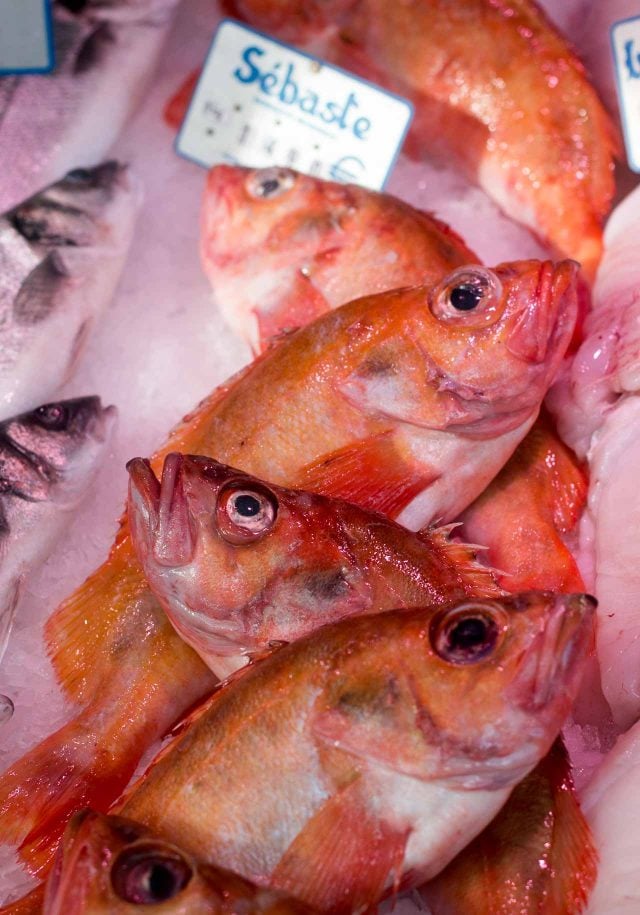
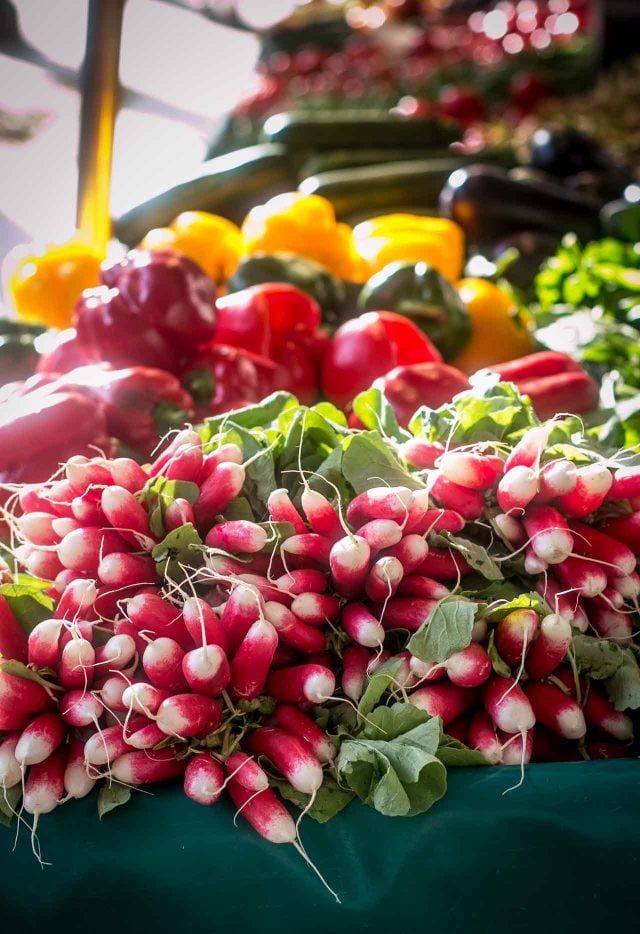
Since many of the vendors have the same fruits and vegetables, they sometimes make an attempt to set up enticing displays.
Not sure if setting things on sheets of paper is much better looking than letting the foods shine for themselves…but I appreciate the effort.
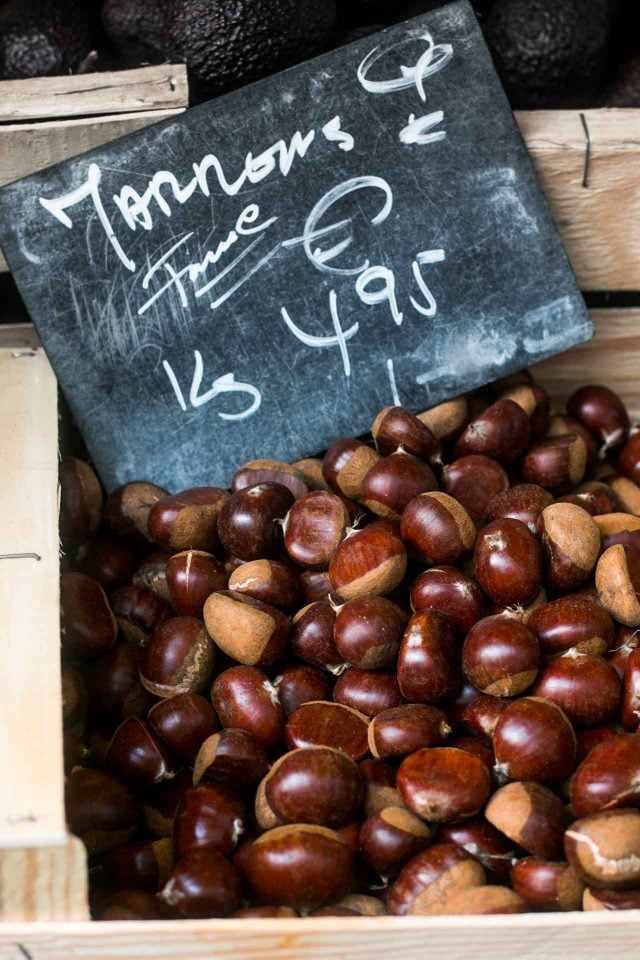
These are carrots raised in sand. I’ve heard that they’re raised in sand so they get better drainage, and become sweeter. I’ve also heard because of that, they don’t have a tough core. I’ve also read that their primary fertilizer is seaweed. Whatever the case, I do buy them, although they require a good scrubbing first. We use them to make grated carrot salad, a classic French salad that’s simple enough to put together in a few minutes, and is a dish that everyone in France enjoys.
(On a sidenote, I was being interviewed by a lovely Frenchwoman recently and we were talking about generalizations and how if you say something, someone will take exception to it. But if there is someone in France that doesn’t like salade de carottes rapées, I haven’t met them.)
At a lot of the markets in France (notice I said “a lot,” but not all), it’s strictly forbidden to touch the produce. That stance has softened at some vendors at some markets. I very, very, very much dislike people picking out my fruits and vegetables for me. I’m more discerning than they are about what I bring home. A few people I trust to give me the right thing. And since I’m a frequent customer, they are cool about giving me the good stuff. But I don’t run my hands over everything, and touch and squeeze. I handle each piece of fruit with care, raising it up to my nose, and taking a good sniff. When checking grapes, I don’t pull grapes off bunches, but ask if I can taste one of the loose ones : )
I have a funny relationship to fennel. I don’t like it cooked, but love it raw. Its crunch is 90% of its enjoyment. Slices of raw fennel are great bathed in anchoïade or dipped in bagna cauda. But when very thinly sliced, fennel elevates a simple green salad into something more just than a pile of leaves. Try it.
Speaking of trying things, when we were on vacation, I thought I should finally own a pair of espadrilles. After a lifetime of standing in restaurant kitchens, I (and my feet) need all the support we get. But why should the young, and carefree, and French, have all the fun, looking all sporty and stuff, and not me?
Romain wrinkled his nose up when I was looking at them in Provence. I suppose I agree with him that they’re a little cliché, but I don’t mind looking like a cliché. (And neither do the thousands of people walking around these days, wearing intentionally torn jeans.) But having a French partner or spouse, as those of us with French partners or spouses know, they’re not shy about telling you the truth about what you’re wearing. Tip: If you’re sensitive, and not ready for an honest assessment of your wardrobe, don’t have a French partner or spouse.
Fortunately, I’ve gotten mine to temper his opinions and judgments. Well, up to the point. But two things we share a love of are wild mushrooms, and oysters. We’ve got girolles coming forward, and soon, there will be morels and cèpes galore. In case you want to hunt some for yourself – although this article scared the merde out of me, and I’m not so sure I’d want to do it – pharmacists in France are trained to spot poisonous mushrooms, and will tell you if your haul is okay to eat, or not. A French friend told me that they always tell you that they can’t be
A French friend told me that they always tell you that they can’t be eaten, since they don’t want to be responsible in case something happens to you. So I’m okay getting mine at the market, rather than taking my chances in the woods, which some friends did, and paid the price.
Oysters start showing up more and more at the markets, building a crescendo until Christmas, when so many are sold, they get stacked in crates on the sidewalks of Paris, and people buy ’em by the box.
There were a few crates of tomatoes remaining at the market, but the only producteur (grower) at my marché, who raise their own tomatoes, told me last week that they weren’t going to be back until next spring, when they show up with apricots and cherries.
So the only cherries we’re going to see until then are gonna be cherry tomatoes, which Parisians will not give up on, no matter what time of the year it is.
You will not go to a party or apéro in Paris without there being a bowl of tomates cerises – winter, spring, summer, or fall, on the table.
I do indulge, because it’s nice to have something fresh to snack on at a party, but I also love me a good slab of pâté, and usually buy a slice for sandwiches or snacking on, for a quick lunch.
One thing I haven’t tackled is a pied pané, or breaded pigs foot. You take them home and bake them in the oven – the French version of “take out” – then extract the hard-to-extract meat, nestled in between the bones, with the patience of a surgeon.
One thing that requires even more patience is waiting on line at the stand of the fromager. There are five or six cheese vendors at my market, but I usually buy from the lovely women that cheerfully greet me when it’s my turn, or the strapping, unshaven jeune homme that gives me copious samples, and wears tight tank tops in the summer, who, for some reason, has become my first choice.
But it’s a tough call, so I do try and divide my time, and purchases, between both.
So while I bid farewell to figs, plums, tomatoes and whatever else there is at the market, I’m ready for apples, pears, squash, spinach and Swiss chard,
Ever since getting pricked to death handling prickly pears back in California, and spending days getting the little buggers out of the area between my fingers, I’ve steered clear of them. I guess the figues de Barbarie, as they’re called in France, don’t have prickers. But just looking at them makes my hands itch, so I’ll stick to regular figs.
Potirons are showing up now, too, and the French squash are so big that they’re sold in wedges. I bought the slice on top, and brought it home to make soupe. I didn’t have any room in my bag for flowers, which didn’t please a certain Frenchman when I got home, but maybe if I can convince him to let me get a pair of espadrilles, he’ll get a bunch of roses next time, as thanks for his approval.
